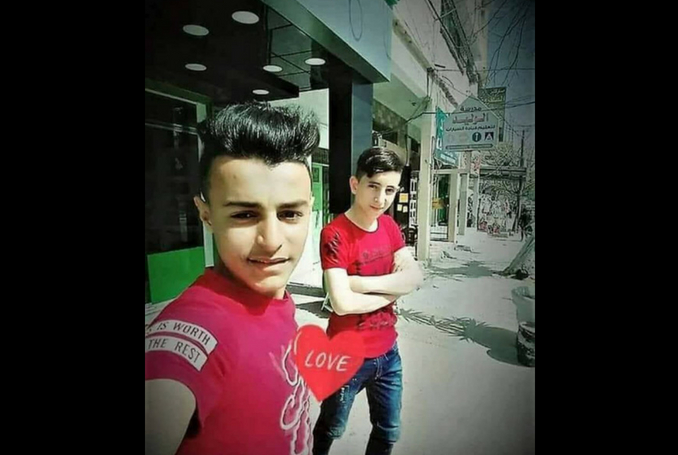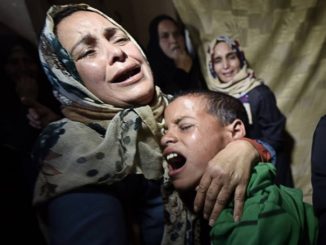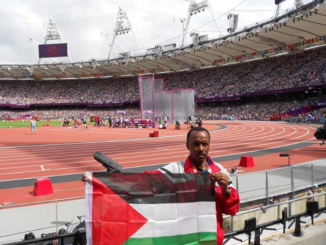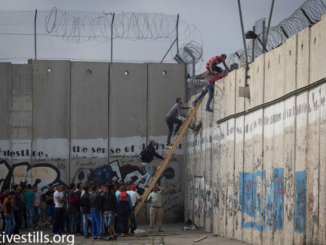
The Israeli military killed two Palestinian children in a ‘warning’ missile strike in July, then published manipulated video footage of the event, a detailed investigation has revealed.
As reported by The New York Times, the investigation by London-bases research group Forensic Architecture and Israeli NGO B’Tselem looked at the July 14 killing of Amir Al-Nimrah, 15, and Luay Kahil, 16, as they sat on top of an unfinished tower in Al Katiba Square, the occupied Gaza Strip.
Breaking: Israel has just massacred two Palestinian boys Amir Al-Nimrah,, 15, and Loay Kuheil, 16, while they were enjoying a day out with their families and friends in a public garden in Gaza. pic.twitter.com/lruqztkNFy
— Palestine Info Center (@palinfoen) July 14, 2018
At 5.45 pm, the Israeli military fired the first of four “warning” strikes, ahead of a more intense bombardment that leveled the structure. The two friends were killed by the very first missile.
The Israeli military refers to such “warning” missiles as a so-called “knocking on the roof” method, which it portrays as designed to limit civilian casualties. July’s fatal strike, however, is no the first time that the tactic – slammed by human rights groups – has directly killed Palestinians.
"Amir al-Nimrah, 15, and Luai Kahil, 16, were killed: at 5:45 p.m., as they sat with their legs dangling over the edge of an unfinished tower overlooking Al Katiba Square, having just taken a selfie" https://t.co/IuMSqatN3a
— Amanda (@AmandaKavanagh5) December 18, 2018
According to the New York Times, “the report assembled crowdsourced video into a meticulous reconstruction of the killings of two teenage boys”, and, furthermore, argued that the Israeli military spokesperson was guilty of “manipulating the truth” in the footage it published of the incident.
The investigation revealed that a clip issued by the army purporting to show four warning missile strikes on the building actually omitted the first missile strike, instead repeating an additional angle on the third strike – “recorded after the boys’ bodies had already been carried away by people who rushed to the roof to try to help them”.
Amit Gilutz, a B’Tselem spokesperson, said:
“We don’t know if the boys were visible to the military before the first strike. If so, they should have aborted. If not, that raises grave concerns as to the military’s surveillance capabilities”.
When Israel killed two boys in Gaza with a warning shot on a building, the missile appeared to be an anti-personnel munition that spewed deadly shrapnel, said rights groups, which also accused Israel of suppressing videos showing the boys on the roof https://t.co/FTAnKoh4Mw
— New York Times World (@nytimesworld) December 18, 2018
An army spokesperson acknowledged to the New York Times “that the Israeli Air Force had failed to notice the two teenagers in harm’s way”, and claimed Israel’s Military Advocate General was “examining that failure”. The spokesperson denied any effort at distorting coverage of the attack.
Eyal Weizman, director of Forensic Architecture, said:
“Warning strikes are an essential part of the Israeli military’s claims to high ethical standards. But such warnings are sometimes delivered with the same missiles that are used elsewhere to kill.”
The rights groups say the “case illustrates Israel’s disregard for both civilian lives and the truth”.
(MEMO, PC, Social Media)







